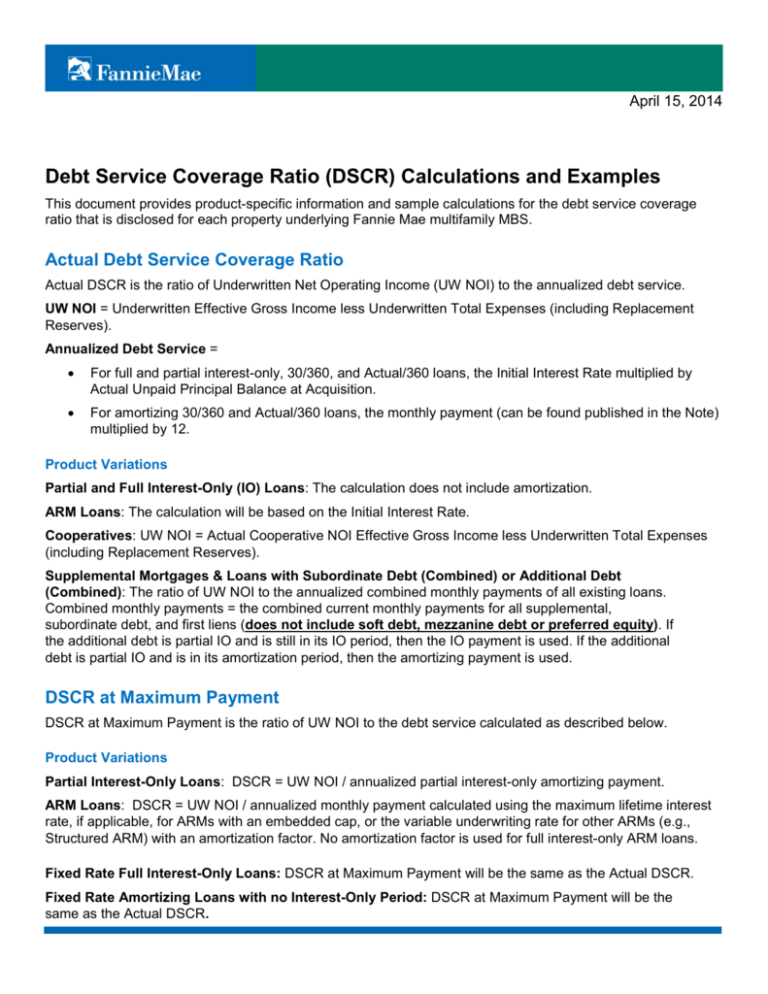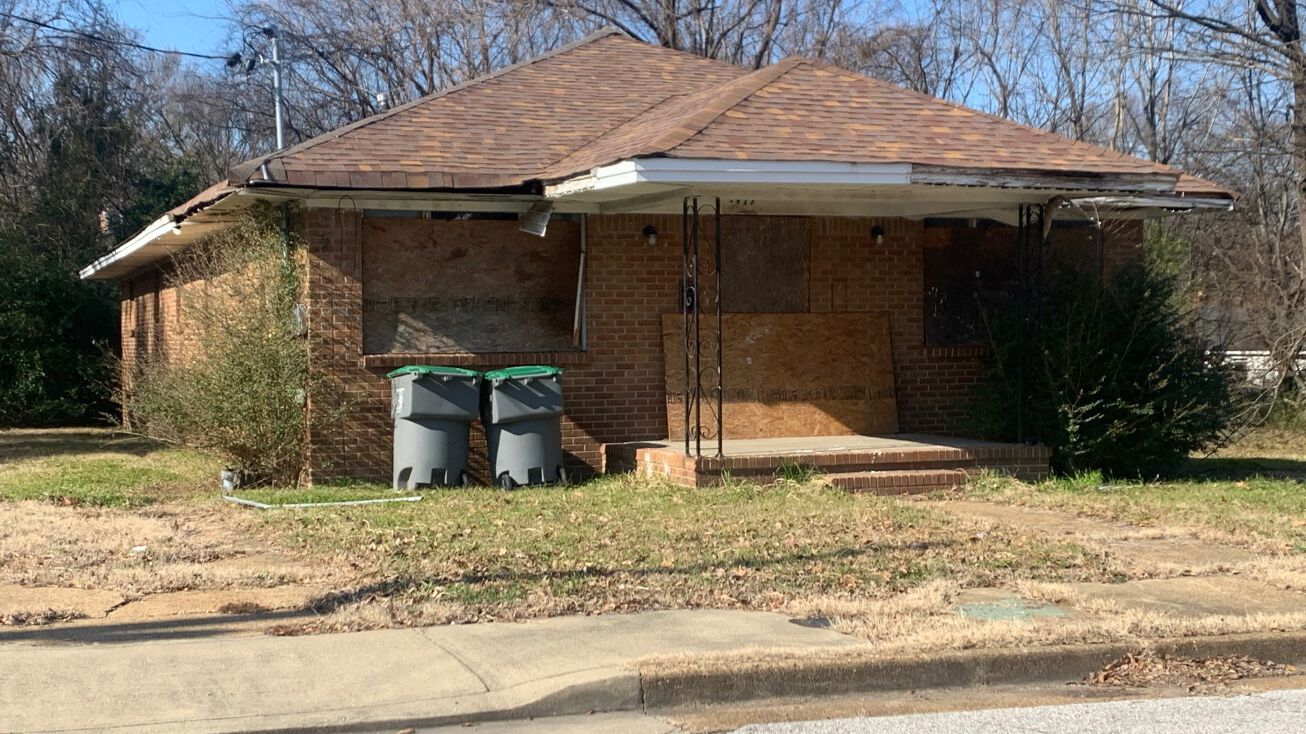

Gross rental income includes not only rent, but also parking fees, service fees and more. EBITDA is earnings before interest, taxes, depreciation and amortization. Interestingly, this distinguishes NOI from EBITDA. However, capital expenditures generate depreciation, which is an operating expense. You exclude from NOI costs that are capital expenditures, such as installing a new HVAC system. A loss reserve for vacancies and uncollected rents.Net Operating IncomeĪs mentioned earlier, the NOI is an annual figure representing the gross rental income minus all reasonably necessary operating expenses. Apply For Financingīefore we explore some examples, let’s discuss the two inputs. Rather, you must perform additional calculations to gauge the impact of leverage on your cash-on-cash return. The cost of financing is not part of the NOI, which means you can’t use the cap rate for cash-on-cash return. In other words, you would get the same NOI whether you acquired for all cash or borrowed 90%. Cap Rate Independent of Financingīecause the capitalization rate formula depends on net operating income, it is independent of the financing method. Therefore, it’s important, whenever possible, to calculate cap rate over several prior years for its true value and trend. In other words, an acquirer might misunderstand the property’s long-term NOI and the NOI growth rate. This means that one year’s atypical results can provide a misleading result. We should note that you calculate capitalization rate using an annual figure, NOI. Video: Commercial Real Estate – NOI, Cap Rate & Price They also can better estimate the expected return on investment (ROI) from the property. That way, they can gain a clearer picture of how much to spend on building or acquiring a property. Therefore, developers also use other methods to estimate a property’s return and value. However, you might have to estimate the inputs, especially when dealing with new construction. Like any equation, the capitalization rate you calculate is only as good as the inputs. Conveniently, capitalization rates uses just two inputs, net operating income (NOI) and the property’s current value. Furthermore, it is easy (some would say deceptively easy) to calculate. The capitalization rate is one of the chief pillars of commercial property valuation.

Investors can use the cap rate to help determine whether to acquire a commercial rental property. We’ve also included a cap rate calculator that also works as a reverse cap rate calculator. In this article, we’ll explore capitalization rate and its implications for property valuation and rate of return.


 0 kommentar(er)
0 kommentar(er)
